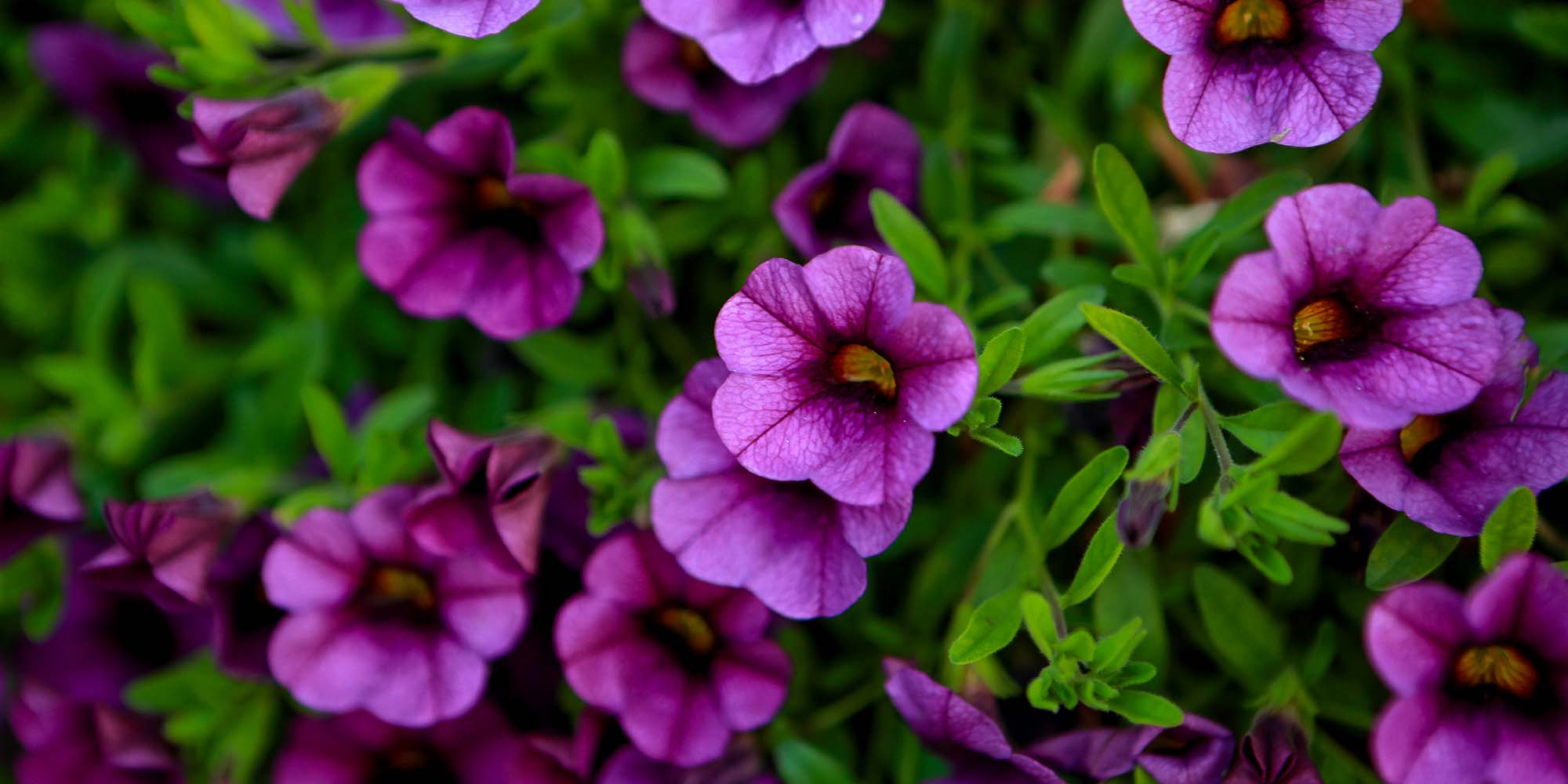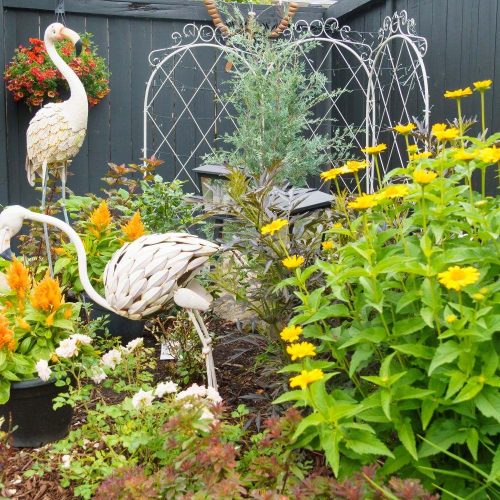You have planted the perfect hanging pots and baskets, splurged on unique perennials and trees, invested in a lush lawn and are ready to enjoy your garden all summer long.
The trick is to now keep plants looking great all season.
Fortunately, maintenance of your yard isn’t difficult, says Rosa West, the president of Airdrie Horticultural Society and lifelong gardener whose yard is the envy of her neighbours.
She says water and nutrients are all that is needed, with the most critical being moisture.
“Water is life for us and for our garden,” says West.
“Water is life for us and for our garden,” says West.
The gardening guru says soil in pots and hanging baskets should be kept moist, but not sopping.
In the heat of summer, this requires daily watering. Allow the water to run through your planters and make two passes to allow soil to absorb the moisture.
Perennials, new trees and grass must receive moisture at least once a week, so take into account any rainfall. It’s important to water these plants deeply, says West.
In the first three years of planting, your trees need 10 minutes of slow, deep watering under the canopy for every foot of growth, meaning a six-foot tree needs 60 minutes of watering on a slow trickle. West notes the ground shouldn’t be flooded in the area, adding a deep root watering system is a good investment.
Once trees are established, they will be much more drought tolerant and need deep watering about once a month, as their roots will have grown deep and beyond the canopy.
Grass needs about an inch of water weekly. West says slow watering is beneficial for lawns as well, noting if water is running off your grass, nutrients and top soil are also running off.
Plants also require nutrients to grow.
In her garden, West prefers to use natural substances, such as alfalfa pellets for her lawn and bone and blood meal for her trees, annuals and perennials. She fertilizers every time she waters baskets and pots, and does a top dressing with her favourite natural fertilizers for her perennials, trees and shrubs twice a year.
If you use chemical fertilizers, flowering baskets and perennials require a 15-30-15 formulation. Green shrubs and trees, like junipers and evergreens, need 30-10-10 fertilizer, says West.
However, no nitrogen (the first number in the fertilizer formula) should be used on perennials, shrubs and trees after Aug. 1, as this will promote top growth into the fall, resulting in growth that is sensitive to frost.
Aside from these requirements, your yard will need little maintenance, notes West. Just keep the weeds pulled and provide the correct amount of light, and watch your garden bloom all season long.





